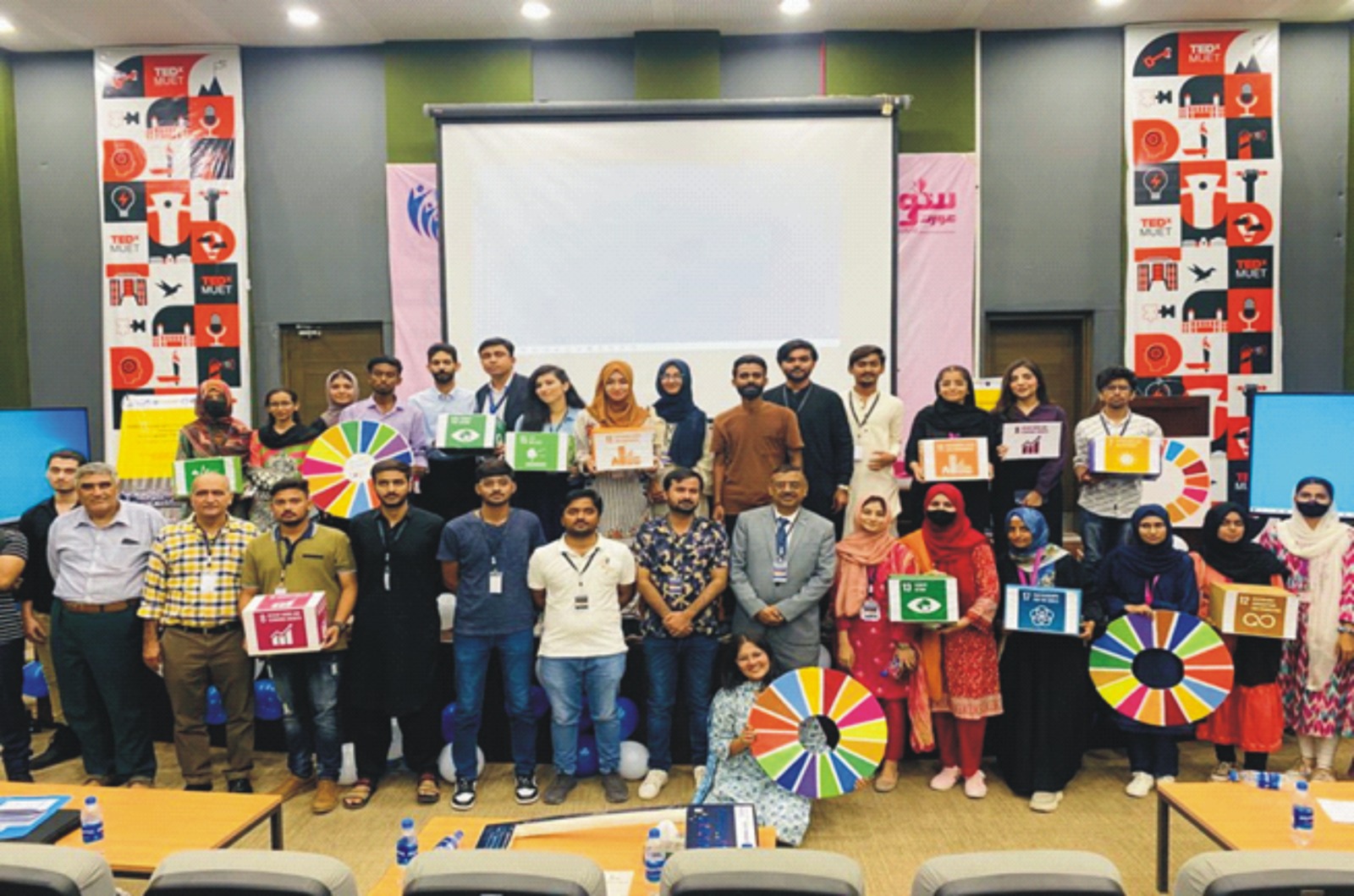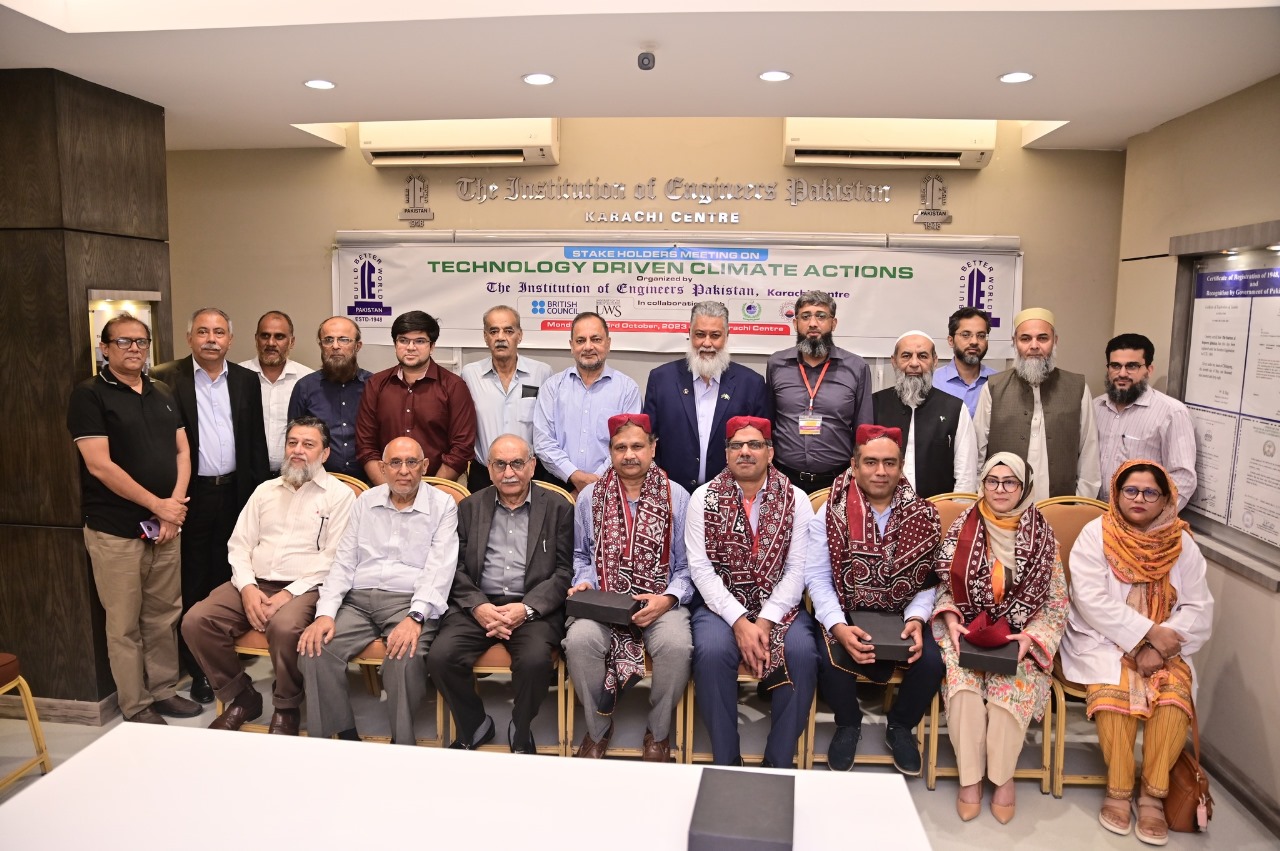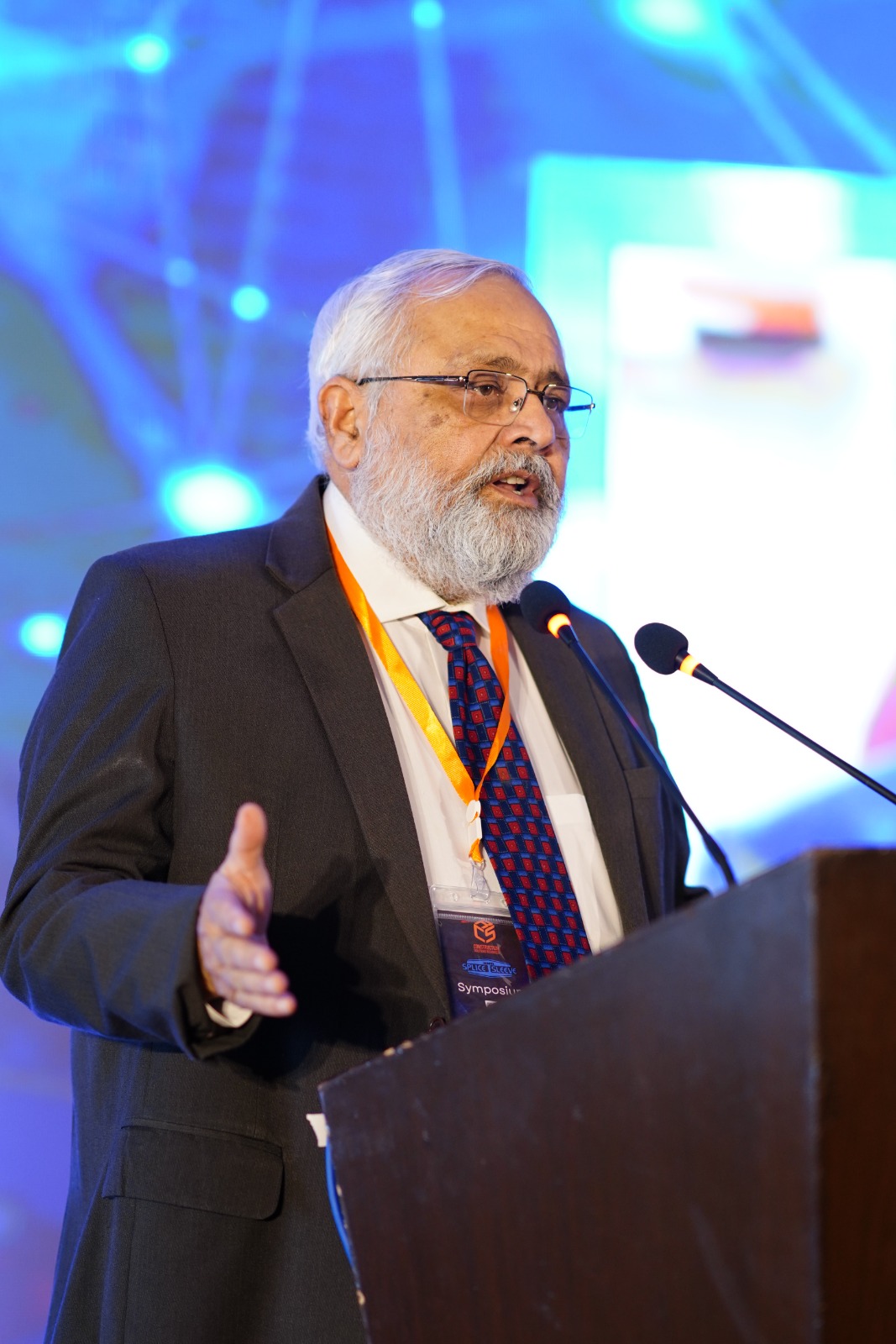MUET, IEEE SIGHT, IEEE Asia Pacific Region 10 collaboration Building sustainable communities and empowering action against climate change
Introduction: MUET, in conjunction with IEEE SIGHT (Special Interest Group on Humanitarian Technology) Karachi Section and with the backing of […]





